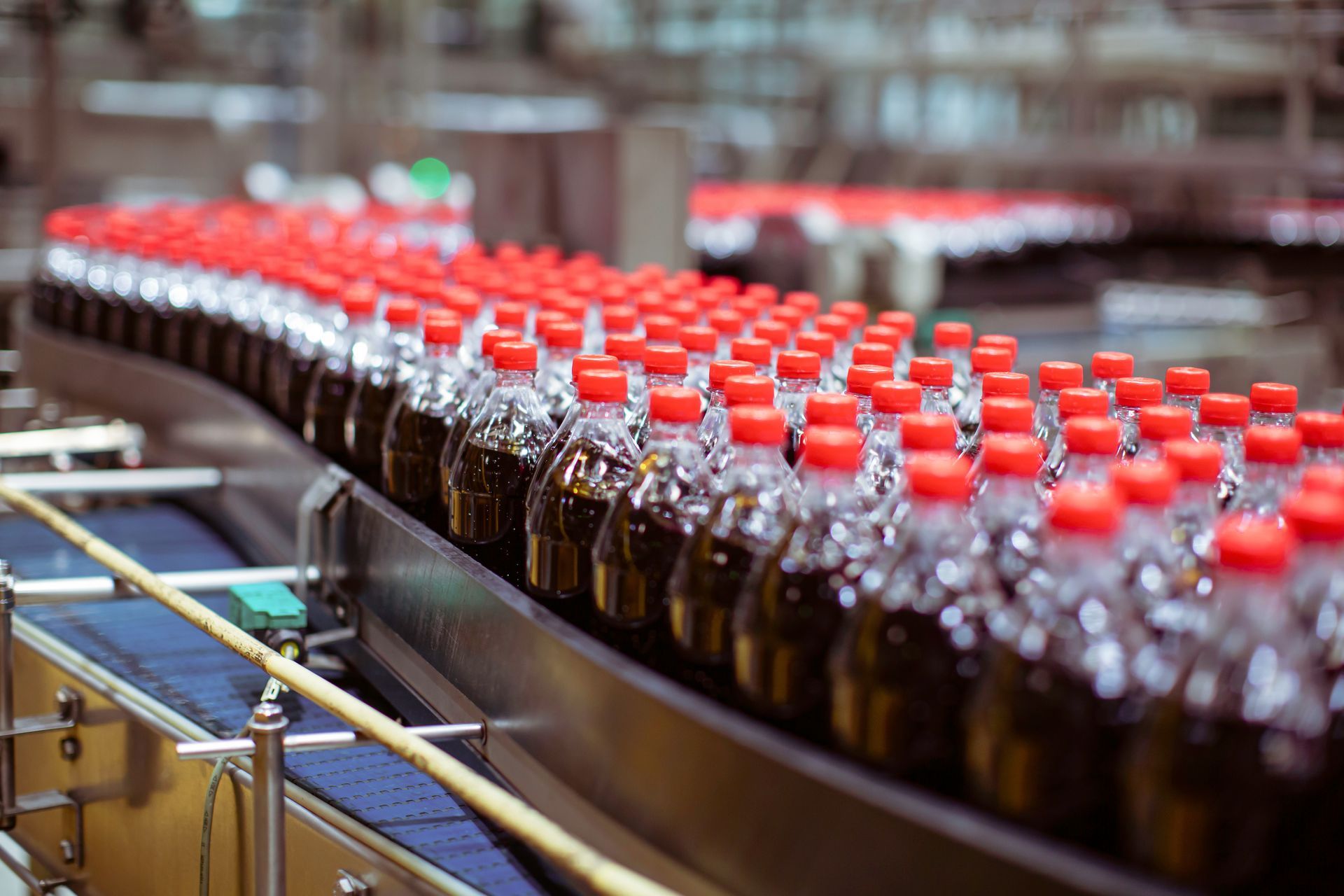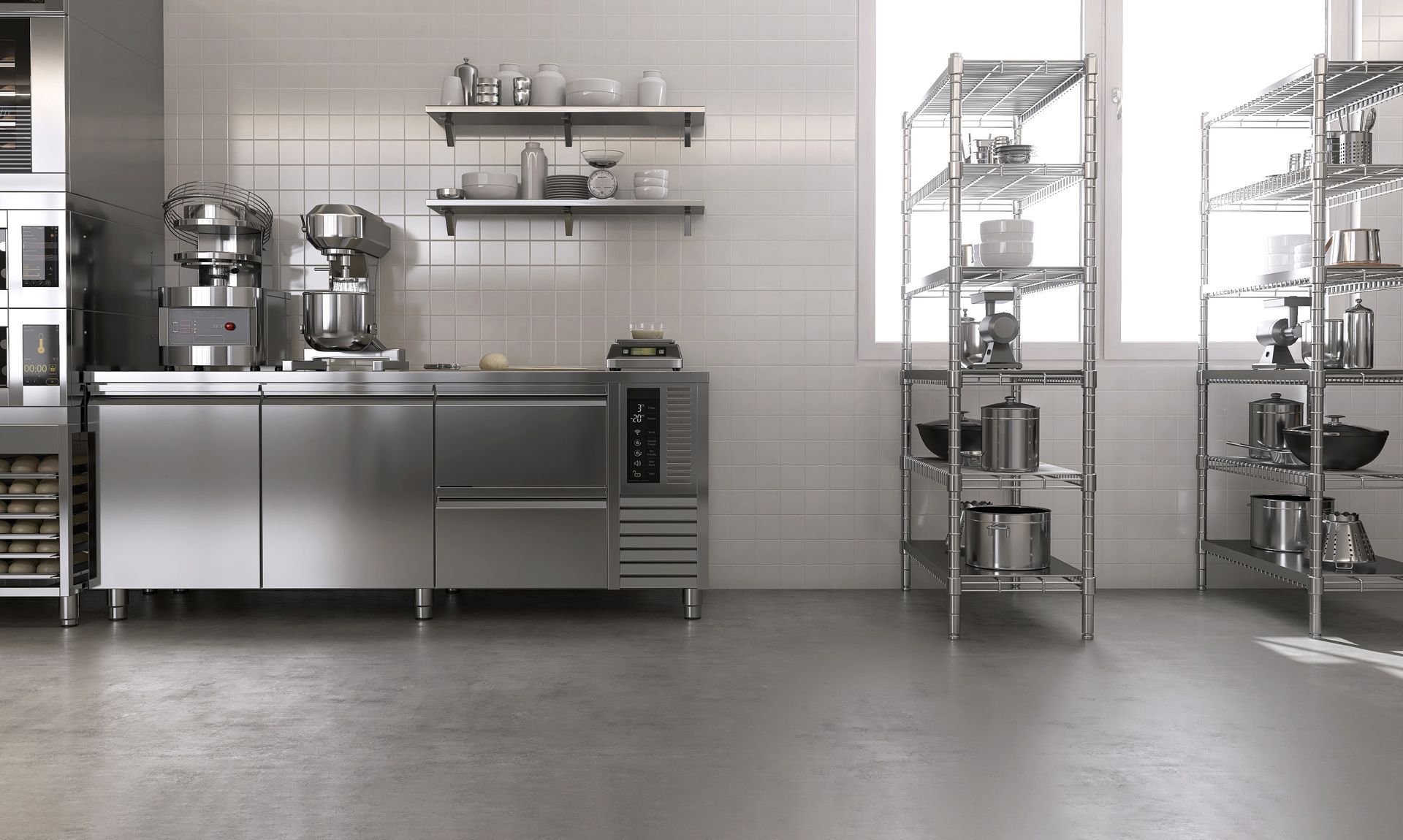How Beverage Manufacturers Create FOG Problems Without Using Oil

When most people think of fats, oils and grease (FOG) in wastewater, they picture restaurant kitchens full of deep fryers, greasy pans and food scraps. But FOG problems aren’t limited to food service. Beverage manufacturing, especially large-scale production of sodas, beer, coffee drinks, protein shakes and similar products, can generate significant FOG buildup, even without a drop of fryer oil in sight.
Where FOG Comes From in Beverage Processing
Even though many beverage plants never handle cooking oil, the byproducts of brewing, bottling and blending can behave a lot like grease once they enter a wastewater system. Common culprits include:
- Yeast Residues – Breweries and kombucha producers often deal with leftover yeast after fermentation. When it washes into drains, yeast cells can bind with other organic matter and form sticky, grease-like deposits inside pipes.
- Sugars and Syrups –
Concentrated sweeteners don’t stay dissolved forever. In wastewater, sugars can thicken, crystallize or combine with other solids, creating dense films that trap fats from other sources.
- Proteins –
Dairy-based drinks, protein shakes and plant-based milks all contain proteins that coagulate under heat or pH changes. These clumps can mimic the sticky, adhesive qualities of traditional grease.
- Flavoring Additives – Some flavor concentrates and emulsifiers include trace oils or waxy stabilizers. In cold wastewater, these can congeal and contribute to FOG-like blockages.
FOG Risks Across Different Beverage Sectors
Not all beverage manufacturing generates the same kind or volume of FOG.
For example, soft drink plants work with concentrated syrups that, once diluted, may not seem like a threat. But when the undiluted syrup is flushed during equipment cleaning, it can leave behind thick, sticky residue that binds with other solids in the wastewater.
Breweries and cider producers contend with spent yeast and hop particulates that can quickly clog screens and trap baffles. Facilities producing milk-based or protein-rich drinks deal with coagulated proteins and residual fats from dairy or plant-based oils.
Even coffee bottlers can run into issues with coffee oils that, while minimal in volume, cling stubbornly to plumbing surfaces.
When FOG Output Spikes
Beverage FOG output isn’t always steady year-round. Production surges, such as brewing seasonal beer varieties or bottling seasonal and limited-time beverages, can stress wastewater systems.
More frequent line cleaning during these high-output periods means more sugars, proteins and yeast cells heading toward the trap in a short timeframe. If maintenance schedules don’t adjust to match the surge, buildup can accelerate, leading to unexpected blockages or inspection failures.
Planning for these high-output periods, and scheduling grease interceptor service accordingly, can make the difference between a smooth production run and costly downtime.
Why Beverage Industry FOG Is Different
FOG from beverage plants can be more emulsified and carbohydrate-heavy than the animal-fat-rich grease from restaurants. That means:
- It can travel farther before settling –
The extra emulsification may carry it deeper into plumbing before sticking, potentially creating blockages downstream instead of right at the trap.
- It can be harder to break down – Sugar-protein complexes can form a stubborn matrix that resists quick cleaning, sometimes requiring hot-water flushes or more frequent trap servicing.
- It can feed rapid microbial growth – Yeast and sugar-rich deposits are a buffet for bacteria, which can create odor problems faster than typical restaurant grease.
Staying Ahead of FOG Issues in Atlanta
Beverage manufacturers can reduce FOG-related clogs, odors and compliance headaches by:
- Scheduling regular grease trap and interceptor cleaning with a dependable grease hauler.
- Installing screens or solids interceptors to catch yeast and protein clumps before they reach the trap.
- Training staff to dispose of syrup and concentrate waste properly rather than rinsing it directly into drains.
- Monitoring pH levels in wastewater, as acidity changes can accelerate protein coagulation.
Even without fryers or griddles, beverage plants can create FOG problems that rival, or even surpass, those of a busy commercial kitchen. Staying proactive with maintenance and waste-handling practices keeps production flowing and prevents costly plumbing or compliance issues down the line.
You can schedule one-off grease interceptor cleaning or a free estimate for a long-term cleaning contract by calling Southern Green Industries at (404) 419-6887.
Recent Blog Posts
Contact us Today for a FREE Quote
We are committed to making grease trap cleaning and fryer oil recycling as clean and easy as possible. If you’d like to learn more about our services or get a quote, give us a call at (404) 419-6887.



